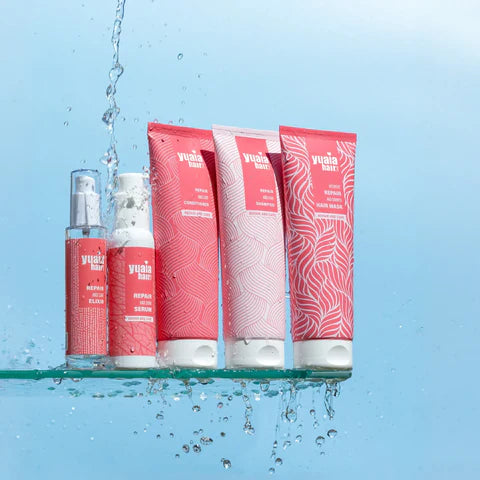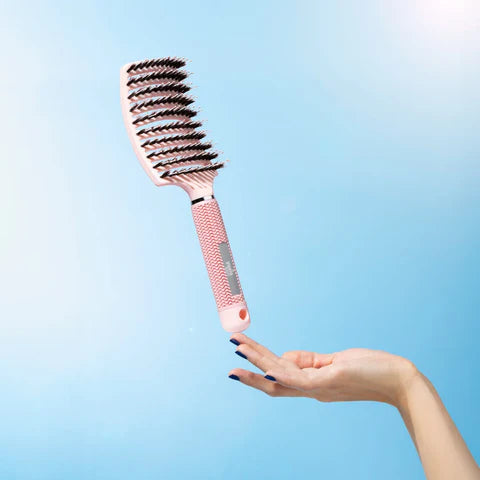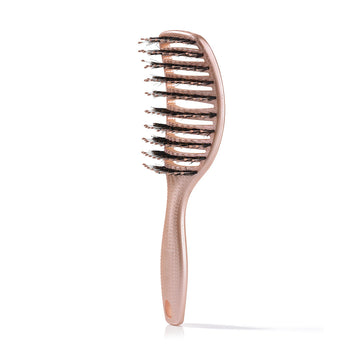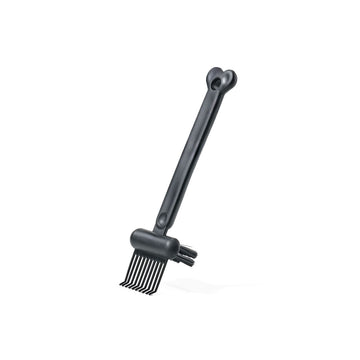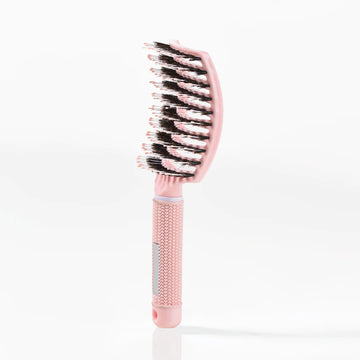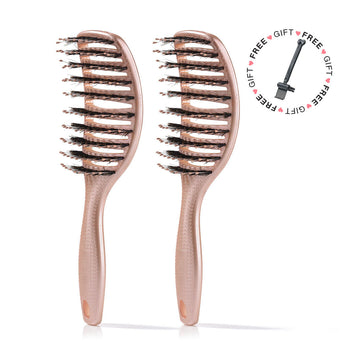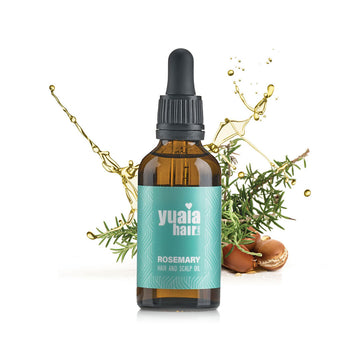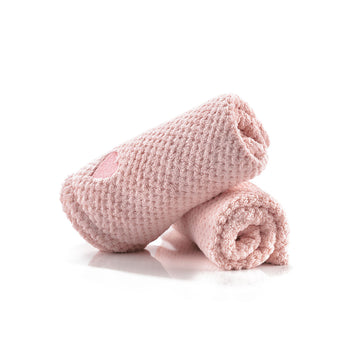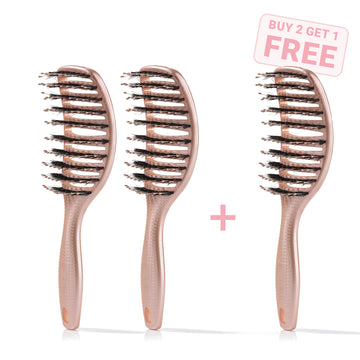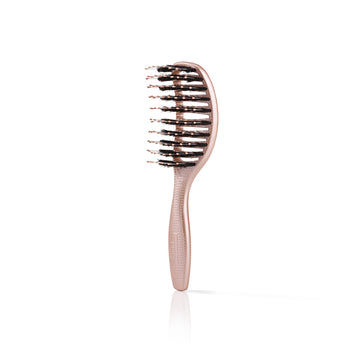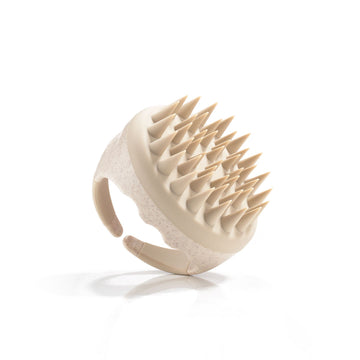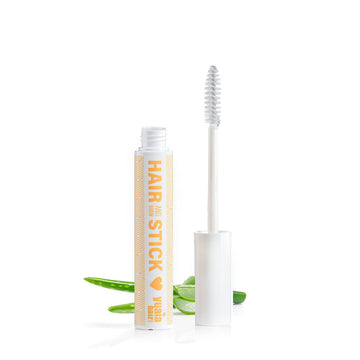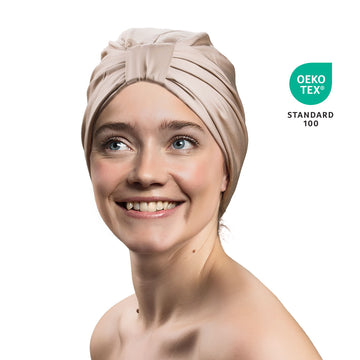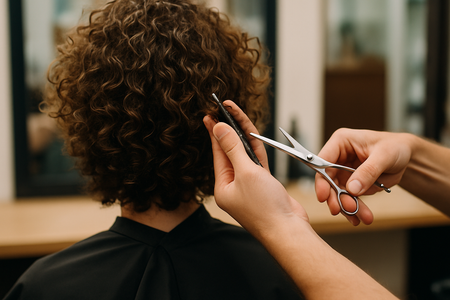
Why Trimming Matters
Many individuals with curly hair face common issues such as split ends, uneven curl patterns, and breakage. These problems can make it challenging to manage and style curly hair, often leading to frustration and dissatisfaction with its overall appearance. Regular trimming is a proactive measure that can help prevent these issues from arising and promote healthier, more manageable curls.
Split ends are a common problem for curly hair and can cause the hair to look frizzy and unkempt. When left unaddressed, split ends can travel up the hair shaft, leading to more significant damage and the need for more drastic cuts. By regularly trimming the ends of your hair, you can prevent split ends from forming and keep your curls looking smooth and polished.
In addition to preventing split ends, regular trims can also help maintain an even curl pattern. Curly hair can sometimes grow unevenly, leading to a lopsided appearance or curls that don't align properly. Trimming helps to keep the curls uniform, ensuring that they fall in a pleasing and consistent pattern. This not only enhances the overall look of your hair but also makes it easier to style and manage.
Recommended Trimming Intervals
When it comes to trimming curly hair, the general recommendation is to schedule trims every 6 to 12 weeks. However, many find that the ideal interval is around every 3 to 4 months. This timeline allows for the removal of damaged ends while giving the hair enough time to grow, maintaining its natural beauty and health. It's important to note that these guidelines are flexible and should be adjusted based on individual hair needs and growth patterns.
Factors Influencing Trimming Frequency
The frequency of trims can vary depending on several factors, including hair growth rate, curl pattern, and texture. Individuals with faster-growing hair or those prone to split ends might benefit from more frequent trims, approximately every 6 to 8 weeks. On the other hand, those with slower growth or resilient curls can extend their trims to 10 to 12 weeks without compromising hair health. It's essential to assess these factors to tailor a trimming schedule that suits your unique hair characteristics.
Signs It's Time for a Trim
Recognizing when your curly hair needs a trim is crucial for maintaining its health and appearance. Common indicators include increased dryness, thinness, dullness, or stunted growth. If your curls start to lose their bounce or become difficult to manage, it might be time to consider a trim. Paying attention to these signs can help you stay ahead of potential damage and keep your curls looking vibrant and full of life.
For those looking to maintain their curls between trims, incorporating products like our Rosemary Oil can be beneficial. This oil is known for its nourishing properties, helping to keep hair moisturized and promoting a healthy scalp. Simply apply a few drops to your scalp and massage gently to enhance blood circulation and support hair growth.
The Benefits of Regular Trims
Maintaining a consistent trimming schedule offers numerous benefits for curly hair. Regular trims help preserve the shape and definition of curls, which can otherwise become unruly as split ends and damage accumulate. By keeping the ends of your hair healthy, you reduce breakage and promote overall hair health. This proactive approach not only enhances the appearance of your curls but also supports their longevity, preventing the need for drastic cuts in the future.
Trimming is a key component of a comprehensive haircare routine, ensuring that your curls remain vibrant and full of life. By removing damaged ends, you allow your hair to grow stronger and more resilient, which contributes to a more manageable and aesthetically pleasing hairstyle.
Using Trims in a Haircare Routine
Incorporating regular trims into your haircare regimen is essential for optimal results. Beyond trimming, it's important to use products that support curl health and definition. One such product is our Twirl and Curl Curly Cream. This cream helps maintain curl definition and moisture between trims, ensuring your curls look their best at all times.
By integrating trims with the right haircare products, you create a holistic routine that addresses the unique needs of curly hair. This approach not only enhances the appearance of your curls but also supports their overall health and vitality.
Crafting Your Personalized Schedule
Finding the perfect trimming schedule for your curly hair involves assessing your unique hair needs and experimenting with different intervals. Start by considering factors such as your hair's growth rate, curl pattern, and texture. You can then tailor your trimming schedule to suit these characteristics, ensuring that your hair remains healthy and well-maintained.
Tracking your hair health and growth over time can help you fine-tune your trimming schedule. Pay attention to signs of damage or changes in your curls, and adjust your routine as needed to maintain optimal hair health.
Frequently Asked Questions
How do I know if I need a trim?
Look for signs like split ends, frizz, and a loss of curl shape as indicators that a trim is needed. These symptoms suggest that your hair may be experiencing damage and require attention to maintain its health and appearance.
Can I trim my curly hair at home?
While professional trims are recommended for the best results, gentle at-home maintenance like dusting can help manage split ends between salon visits. This approach allows you to maintain your hair's health and appearance without compromising its integrity.
Will trimming my hair make it grow faster?
Trimming doesn't speed up growth, but it does prevent breakage and split ends, helping maintain length and health. By keeping your hair in good condition, you create an environment that supports healthy growth and reduces the need for more drastic cuts in the future.
 2-4 day UK delivery
2-4 day UK delivery
 25.000+ satisfied customers
25.000+ satisfied customers
 Satisfaction Guarantee
Satisfaction Guarantee



